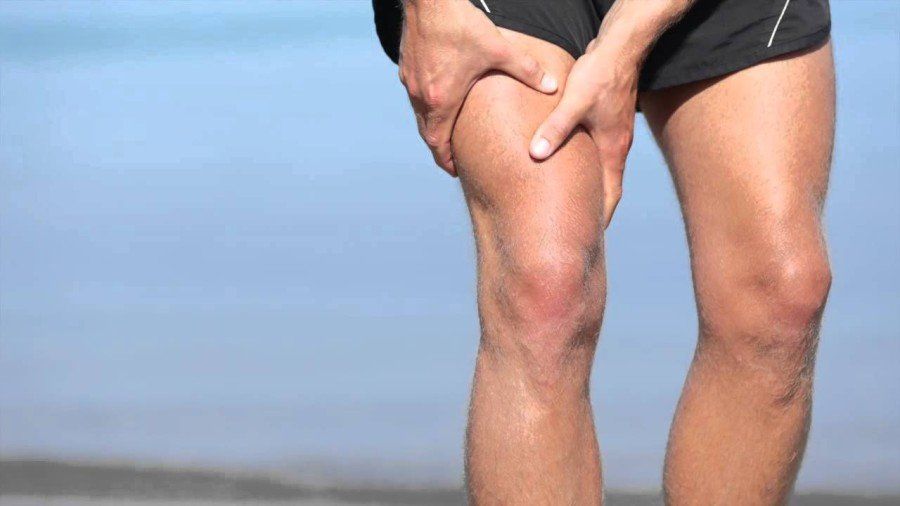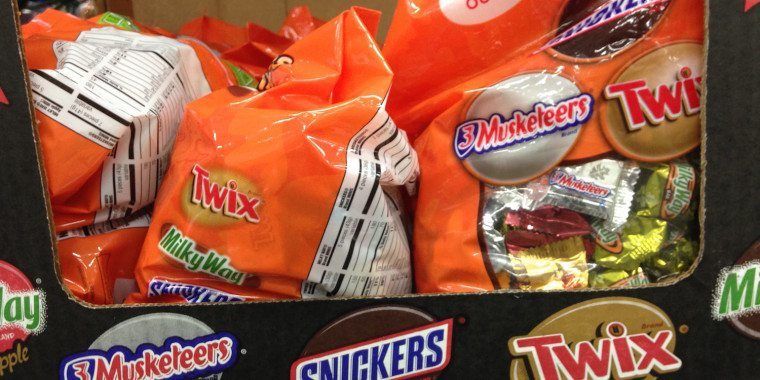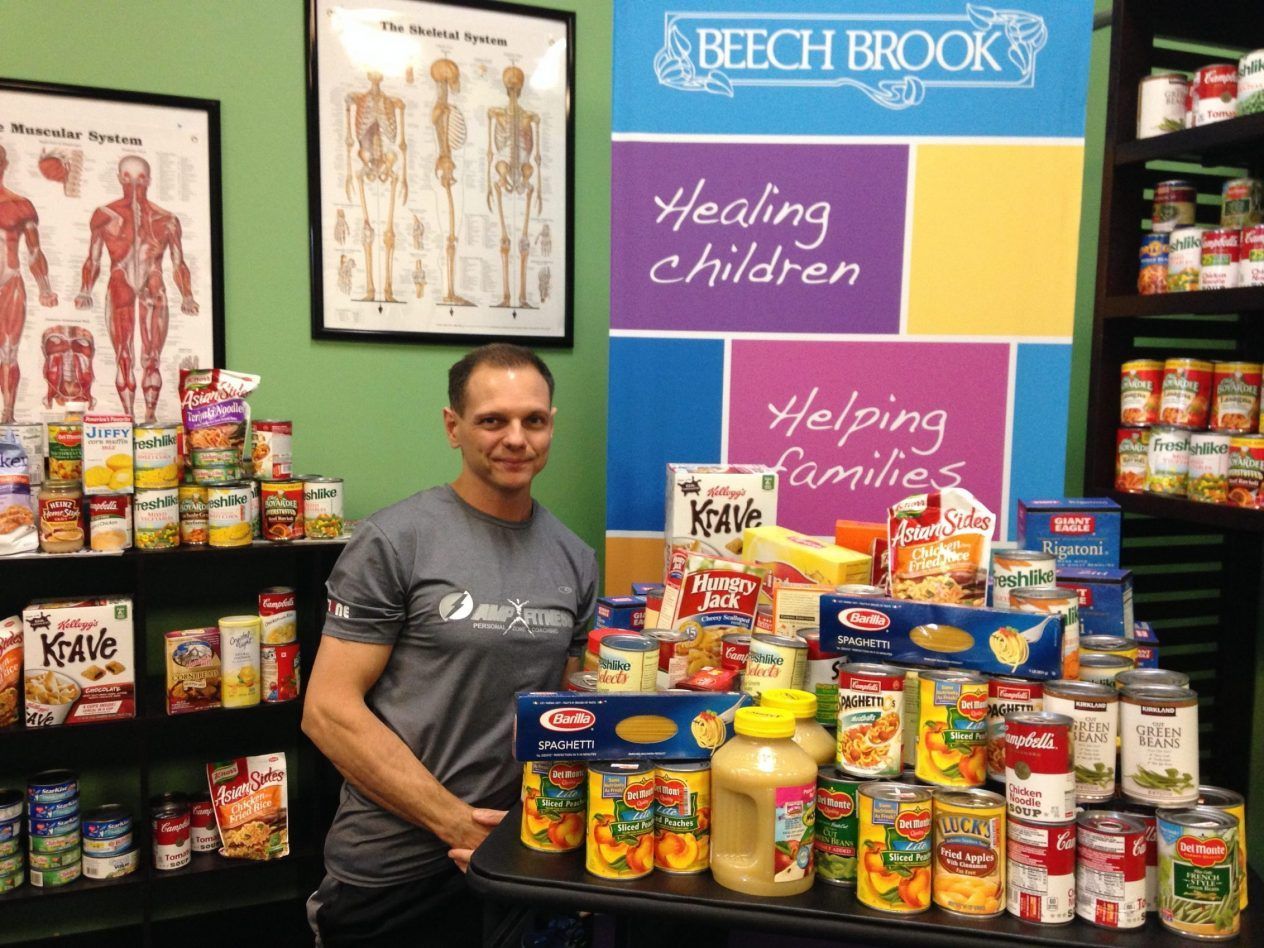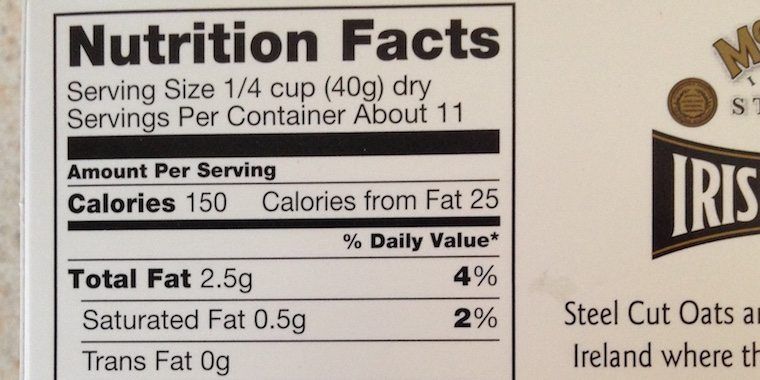The Food and Drug Administration recently announced that food companies have three years to remove all trans fats from processed food. The move is an attempt to make the food we eat more healthy.
According to the Cleveland Clinic, trans fats are artificial, man-made substances created by bubbling hydrogen gas through healthy oils. They’re primarily found in processed foods and typically are listed on food packages as “trans fat” or “partially hydrogenated oil.”
The move by the FDA is just the agency’s latest against trans fat. As far back as 2006, the FDA started requiring food companies to list the amount of trans fat they put in their processed foods. In 2013, the organization made a preliminary determination that partially hydrogenated oils are no longer generally recognized as safe in human food.
Trans fats raise your bad (LDL) cholesterol levels and lower your good (HDL) cholesterol levels. Eating trans fats increases your risk of developing heart disease and stroke. It’s also associated with a higher risk of developing type 2 diabetes.
Related: Why is physical activity important?
“Everybody agrees trans fats are unhealthy,” said Dr. Steven Nissen, chairman of the Department of Cardiovascular Medicine at the Cleveland Clinic. “They’re strongly associated with developing coronary artery disease.”
Food companies include trans fats in their products because they are simple to use, inexpensive to produce and have a long shelf life. In addition, restaurants use trans fats when they deep-fry foods because they can be used repeatedly in commercial fryers.
According to a story at NPR, the Grocery Manufacturers Association says the food industry has already reduced its use of trans fats by more than 86 percent, but the FDA says people are still consuming too much. Because the FDA allows companies to put zero grams on the label even if there’s up to 0.5 grams of trans fat in the food, many food products have tiny amounts of trans fats.
Some of the products that will be most affected by the upcoming ban, according to foodandwine.com, include margarine, popcorn, frosting, frozen cakes and pies, biscuits, and generics – especially snack items and cookies.
Related: 5 reasons to include protein in your diet
The good news is that you don’t have to wait for the ban to take effect as you can start working to eliminate trans fats from your diet now (if you haven’t already). The following tips, courtesy of livestrong.com, can you help you get started on living a life free of trans fats.
- Make a commitment with yourself to remain free of trans fats for at least one to two weeks. You can use a diary to monitor your changes and help you remain motivated.
- Change your diet to increase your fiber intake. Ideal sources of fiber include vegetables, whole grains and fruit.
- Introduce enzyme-rich juices into your diet, such as carrot juice.
- Choose organic foods and favor raw or steamed vegetables and greens, such as kale and collards. Avoid fats except for those present in vegetables, such as avocados and nuts.
- Drink water throughout your day.
- Read food labels and look for words such as “shortening” and “partially hydrogenated” to keep trans fats out of your diet.












